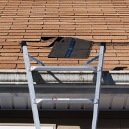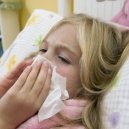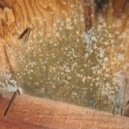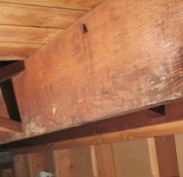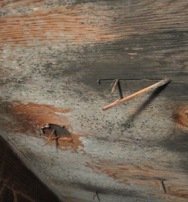Find a pre-screened local mold removal specialist Free Estimate
Find a Mold Specialist Now
Click or Call, Toll-Free 24/7
Mold Types Found In Homes
There are many different mold types that can be found in homes and different health problems can occur depending on the type of mold to which you are exposed. While there are more than one hundred different kinds of mold sometimes found in homes, here we’ll discuss a few of the most common.
Common Types of Mold Found in Homes
Alternaria is often found outdoors, but it also grows in damp places indoors, like in showers or under sinks with leaky pipes. It can also be found in buildings that have been flooded or suffered other water damage. It spreads easily from one area of the home to another. Exposure to alternaria can cause allergic reactions and asthma attacks.
Aspergillus is a type of mold frequently found indoors. It can causes allergic reactions, respiratory infections, and a condition called hypersensitivity pneumonitis, which causes inflammation of the lungs. More about aspergillus mold.
Aureobasidium is a mold often found outdoors, but it can also be found in homes growing on wooden surfaces, wallpaper, and painted surfaces. It’s also often found on damp window frames and caulking. It is pink and black in color. Many people are allergic to aureobasidium. Follow the link for more information on pink mold in the bathroom.
Botrytis grows in areas with high levels of humidity, like bathrooms with poor ventilation. It can cause allergic reactions and asthma.
Chaetomium often grows on drywall, carpets and window frames that have sustained water damage. It produces a characteristic musty odor.
Cladosporium is a type of mold often found growing inside homes. While most types of mold prefer warm climates, cladosporium can grow in cool areas, too. It often grows on fabrics, like carpets, and on wood surfaces, like cabinets and floorboards. It can cause a variety of respiratory problems.
Fusarium is another of the mold types that, like cladosporium, can grow and spread at lower temperatures. It’s often found growing on water-damaged carpeting and other fabrics. It causes allergic reactions, asthma, and respiratory infections. People with compromised immune systems are particularly vulnerable to infections due to fusarium exposure.
Penicillium is often found growing on materials that have been damaged by water, including carpeting, wallpaper, insulation, and furnishings like mattresses. It’s one of the mold types that spread quickly and easily from one part of the home to another. Exposure to penicillium can cause allergic reactions, chronic sinus infections, and inflammation of the lungs. Usually appears as a blue mold and/or a green mold.
Stachybotrys chartarum is often referred to as “black mold” due to its slimy black appearance. It’s sometimes referred to as “toxic mold,” although the mold itself is not toxic; it produces toxic compounds called mycotoxins, which cause health problems when people come in contact with them. It can cause allergic reactions, breathing problems, chronic sinus infections, asthma attacks, fatigue, and depression. Stachybotrys chartarum has a characteristic musty odor and usually grows in places that stay damp all the time, like in air conditioning ducts where there is a lot of condensation or around leaky pipes. Learn more about black mold in homes.
Serpula lacrymans is a yellow mold that causes "dry rot" because it feeds on wood.
Trichoderma is often found growing on damp carpet, wallpaper, and other wet surfaces. It produces mycotoxins similar to those produced by stachybotrys chatarum, and it can cause similar health problems. Many people are also allergic to trichoderma.
Ulocladium requires a lot of water, so it frequently grows in areas with extensive water damage, including homes that have been flooded. It’s often found growing on wet walls. Many people are allergic to ulocladium.
Efflorescence are salt deposits that are often confused with white mold in basement. To compare pictures of both and see how to tell the difference, read our white mold pages.
Additional Mold Types
What Kind of Mold Is Growing in Your Home?
A professional mold tester can test your home for mold and tell you what kind of mold is growing there. A professional can also let you know the severity of your mold problem and locate mold you may not have spotted. To find a professional mold tester near you, just follow the link.
Return From Mold Types To Home Page
Free Home Inspection By A Mold Removal Specialist
Search This Website
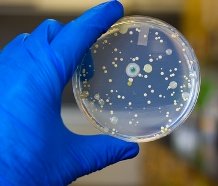 Mold Test Kit For Identifying Mold Type
Mold Test Kit For Identifying Mold Type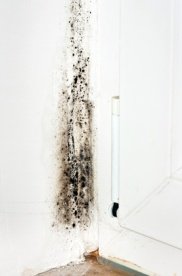 Black Mold Found in Den
Black Mold Found in DenRecent Articles
-
See Our 5 Recommended Mold Removal Companies in Covington, KY
Apr 16, 25 12:59 PM
-
See Our 5 Recommended Mold Removal Companies in Wheaton, IL
Jun 20, 24 10:33 AM
-
See Our 5 Recommended Mold Removal Companies in Aberdeen, SD
Oct 08, 21 04:05 PM
